Research Projects
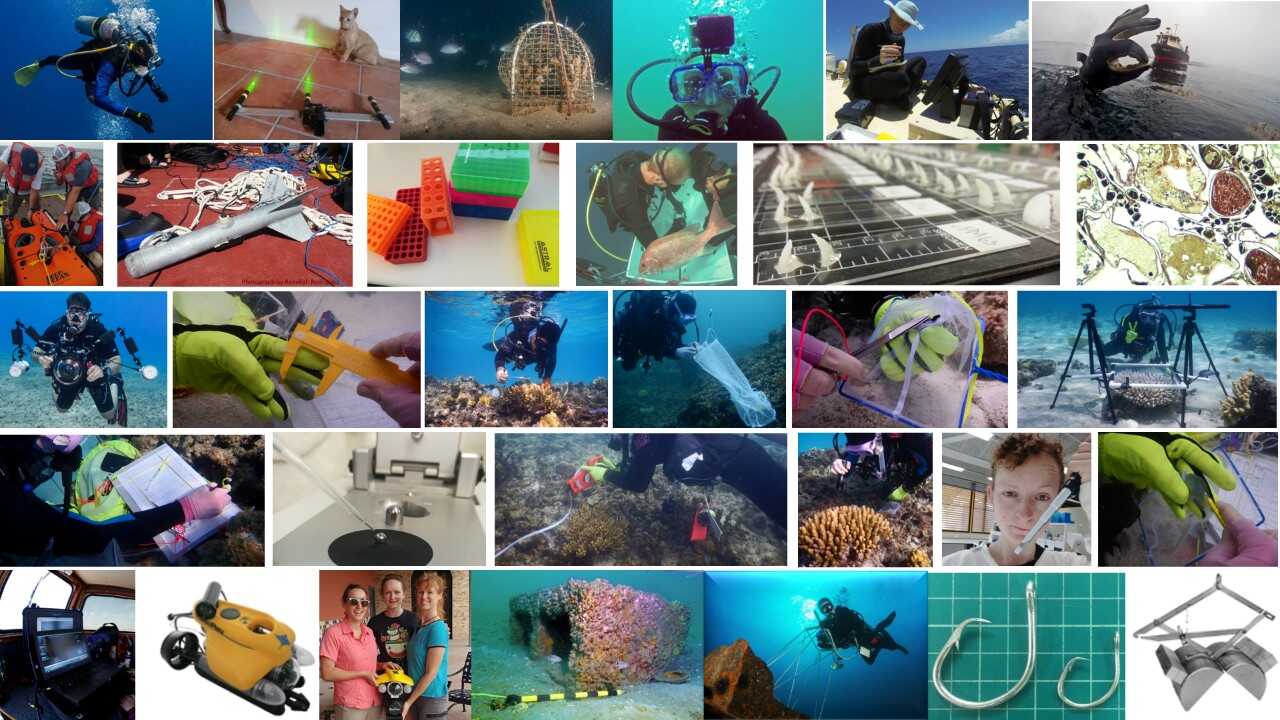
Cleaning Symbioses
Many cleaner species exist globally and several use a combination of behaviors and habitat to advertise their cleaning stations. Some cleaners are in symbioses with the clients they clean as well as the live habitat they live on. How dependent species are on cleaning as their main food source varies by species and habitat. Environmental changes can also impact these cleaning symbioses. We take a closer look at animal behavior, dietary niche, environmental impacts, visual ecology, and community composition metrics to take a deep dive into better understanding these fascinating cleaning symbioses.
Collaborators: Ben Titus, Korrie Brown, Eleanor Caves, Rachel Gunn, Alex Karnish
Mutualism Origins and Organismal Characteristics


Mutualisms are fascinating interactions between different organisms that likely have impacts on other aspects than merely survival. The ecology of these organisms can be tightly linked to their mutualisms and particular characteristics of each organism may be dictated by their mutualisms. Here we examine the potential for physical aspects of anemonefishes to be related to their anemone hosts. We also bring in some phylogenetic analyses to investigate such work.
Collaborators: Benjamin M. Titus, Aurelien De Jode, Miranda Gibson, Tommaso Chiodo, Korrie Brown, Nina Luckas, Eleanor Caves, Jolyon Troscianko, Morgan Bennett-Smith
Linking Animal Behaviour, Mutualisms and Environmental Change
As environmental disturbances become more intense and frequent, there are many changes that have been documented at population levels and ecosystem levels. We have yet to uncover how such disturbances affect the behaviour of animals, which is critical for the maintenance of many populations and could prove detrimental to particular species or even groups of species. Importantly, many animal relationships exist among different organisms, and mutualistic relationships are key for the maintenance of several ecosystems. Accordingly, changes to animal behaviours and ecological relationships may have flow-on effects on ecosystems. For my research, I aim to delve deeper into the potential environmental consequences on animal behaviour for mutualistic organisms. I use a combination of observational, manipulative, and phylogenetic approaches to link animal behaviour, habitat use, and environmental change for 1) coral-dwelling gobies, which live exclusively in some of the corals most susceptible to coral damage and death from cyclones and bleaching-induced heatwaves.
Collaborators: Marian Y.L. Wong, O. Selma Klanten, Siobhan J. Heatwole, Martin L. Hing, Mark Dowton
Fisheries Management and Animal Behaviour
Over decades and centuries, fisheries have changed fish populations and we are only beginning to understand the degree of these impacts. Management agencies have used available monitoring data to attempt to remove overfishing stress for many taxa, yet many species are continuing to experience excessive fishing pressure. Many fish are exhibiting behavioural changes, size truncations and lower reproductive capacity from fishing pressure, which have detrimental consequences on population maintenance and conservation. Accordingly, my research aims to understand how fish movement, size and growth, and reproduction are affected by fisheries, and to provide suggestions to improve management of these fisheries. I have particular experience with red snapper, Lutjanus campechanus.
Collaborators: Richard J. Kline, Andres Garcia, Carlos E. Cintra-Buenrostro, Adam M. Lee, Ramiro Oquita, David W. Hicks, J. Dale Shively, J. Brooke Shipley
Artificial Reef Research
Artificial reefs (i.e., man-made reefs) are critical habitat for many marine taxa that live in environments with limited natural habitat and/or degraded habitat. Although artificial reefs have been deployed or accidentally created (e.g. through shipwrecks) for decades and centuries, we have yet to understand the optimal arrangements and structural characteristics necessary for artificial reefs to mimic natural habitat. Accordingly, my research aims to identify optimal habitat characteristics and formations for the deployment of artificial reef habitat that effectively mimics natural habitat.
Collaborators: Richard J. Kline, Andres Garcia, Carlos E. Cintra-Buenrostro, Adam M. Lee, Rachel N. Arney, Ramiro Oquita, David W. Hicks
Teamwork Makes the Dream Work
None of this could be done without the helpful team of collaborators, colleagues, field assistants, boat captains, volunteers, reef station managers, local help, and our support system. Thank you everyone!

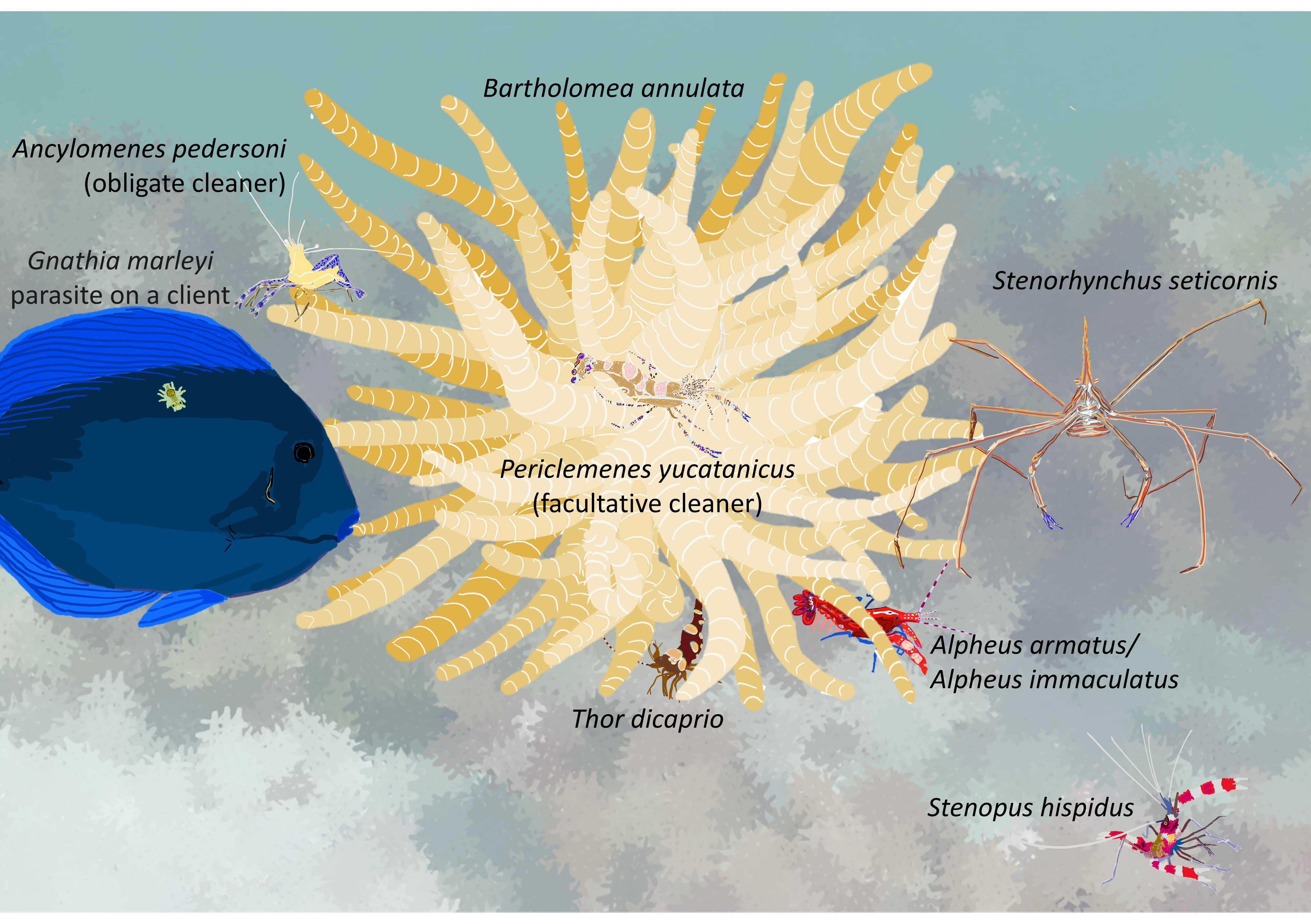
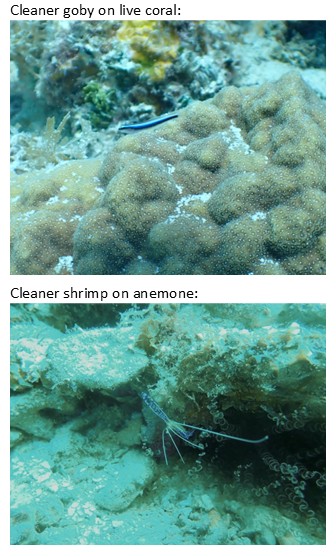
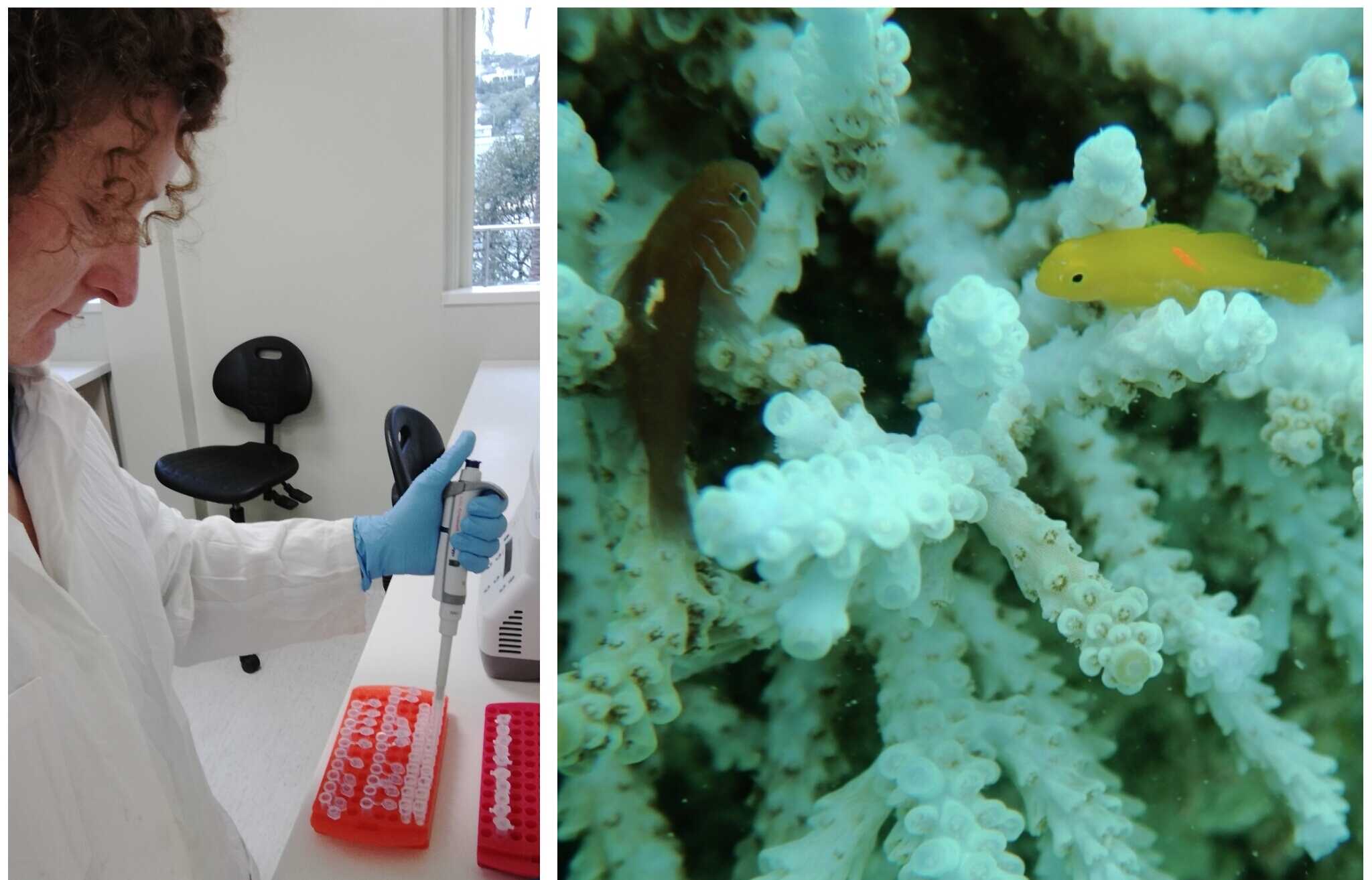



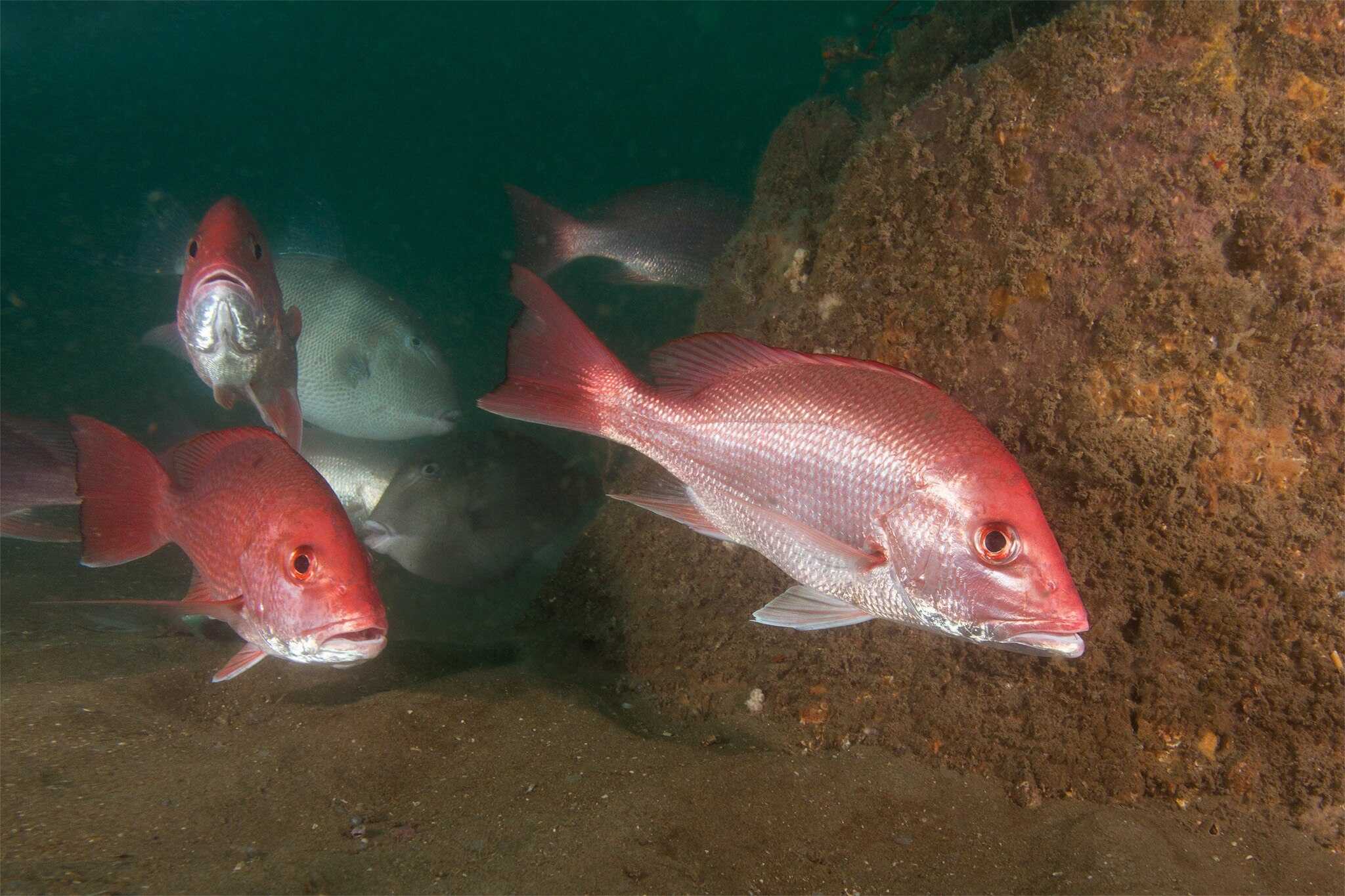
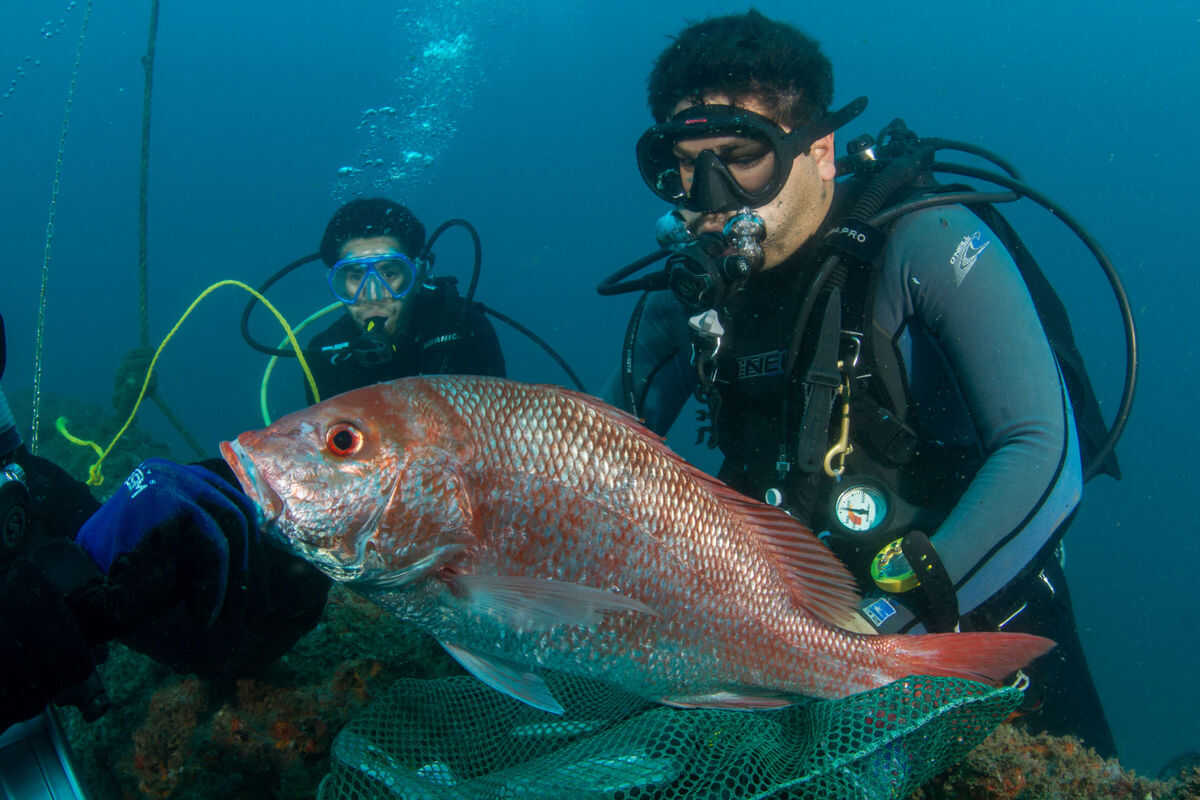
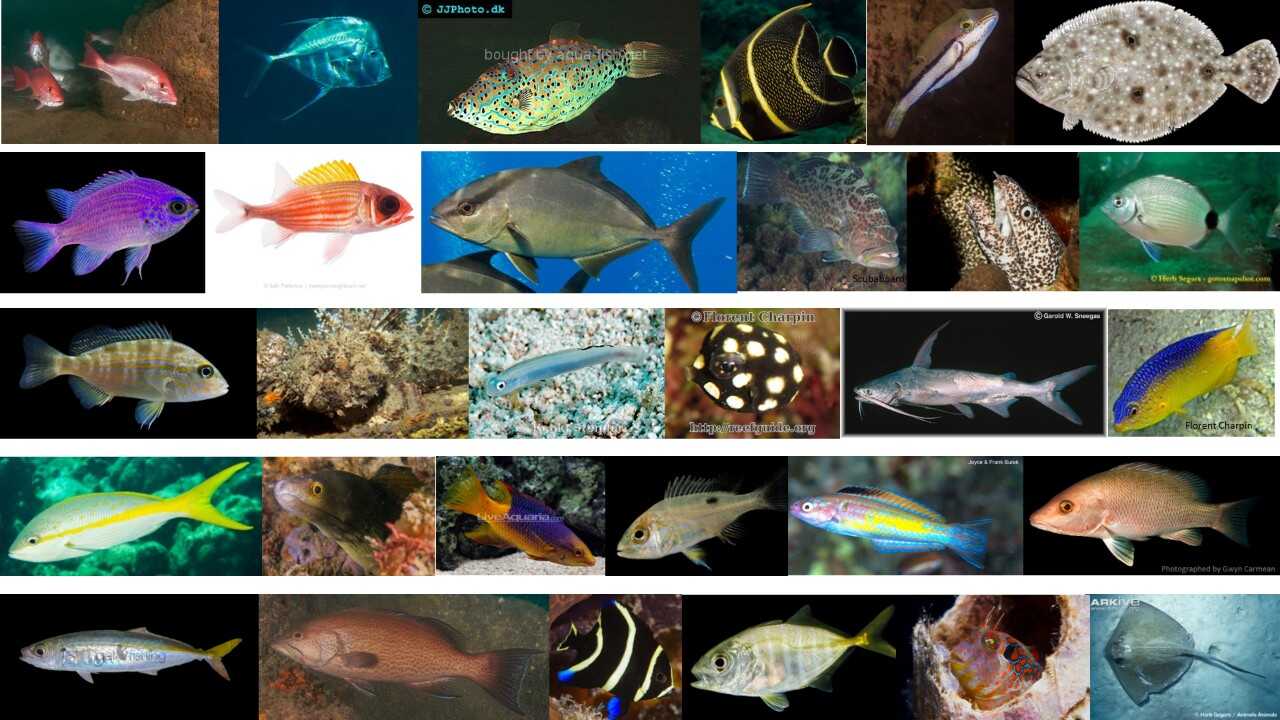
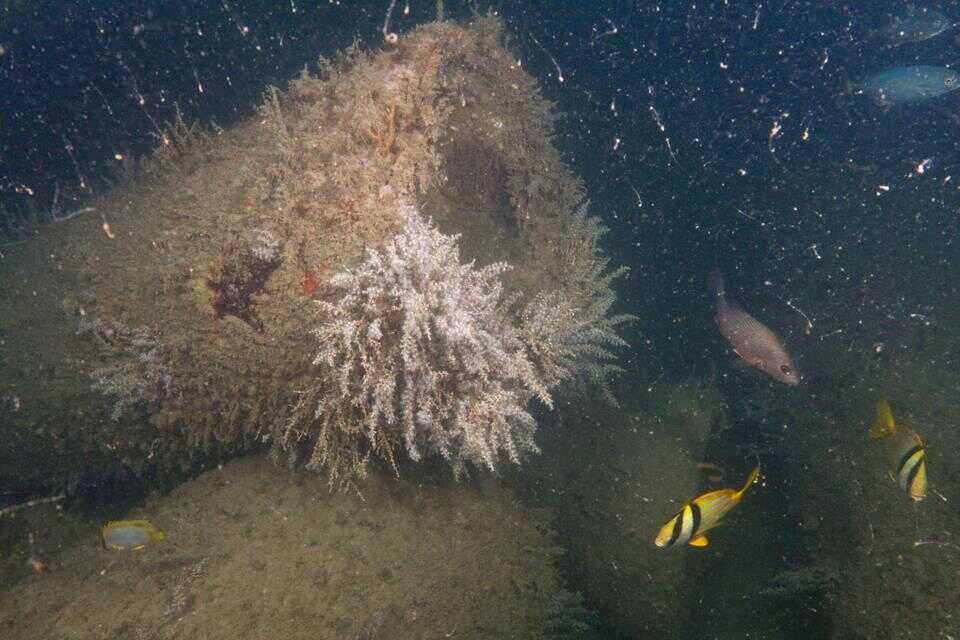
Social Behaviour of Marine Animals
Animals often live in groups temporarily or permanently for a variety of ecological, social, and life history reasons. For several marine fishes, size hierarchies are established to maintain the peace in which the two biggest individuals breed and the rest control their growth and forgo reproduction to maintain group membership. I aim to uncover key evolutionary mechanisms for the maintenance of group membership and size hierarchies in such animals. Two fish groups that are of particular focus for my research are coral-dwelling gobies and anemonefishes. I am also applying similar sociality theory to mud shrimps using phylogenetically controlled analyses.
Collaborators: Marian Y.L. Wong, O. Selma Klanten, Siobhan J. Heatwole, Martin L. Hing, Theresa Rueger, Peter M. Buston, Rebecca Branconi, Renae Kirby